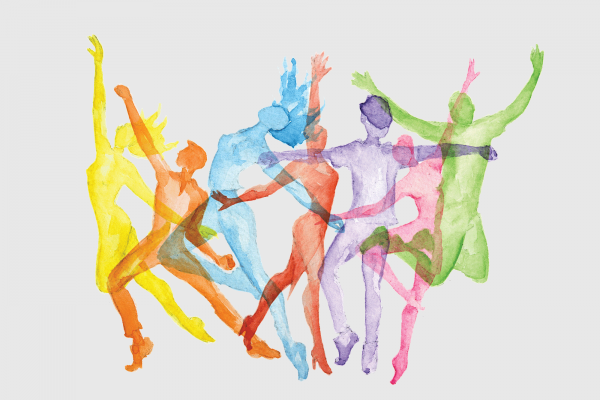A WEEK AFTER the Hamas attacks on Israel in October, I found myself dancing the Cha-Cha Slide.
The setting was the Matthew 25 Initiative Gathering, a group of Anglicans walking in their communities alongside the most vulnerable, from refugees to the elderly. We had just heard from members of Telos, a peacemaking group with contacts on the ground on both sides of the Israel-Palestine divide. Shock, uncertainty, and grief hung thick among us. And now, we were invited to dance.
From Sufi whirling to Albanian folk dancing to krumping, dancing is an outlet used by many people, especially those who have been oppressed, to express longings and outrage that go beyond words. As one of Alice Walker’s poetry books declares, Hard Times Require Furious Dancing.
Like other intense physical activities, dancing brings us from the realm of the mind, where images and memories swirl and ruminations loop endlessly, to the body — the realm of breath, beat, sweat, sound, and movement. It gives us something to do with our terror, anger, and confusion. It grounds us in the here and now.
Read the Full Article

